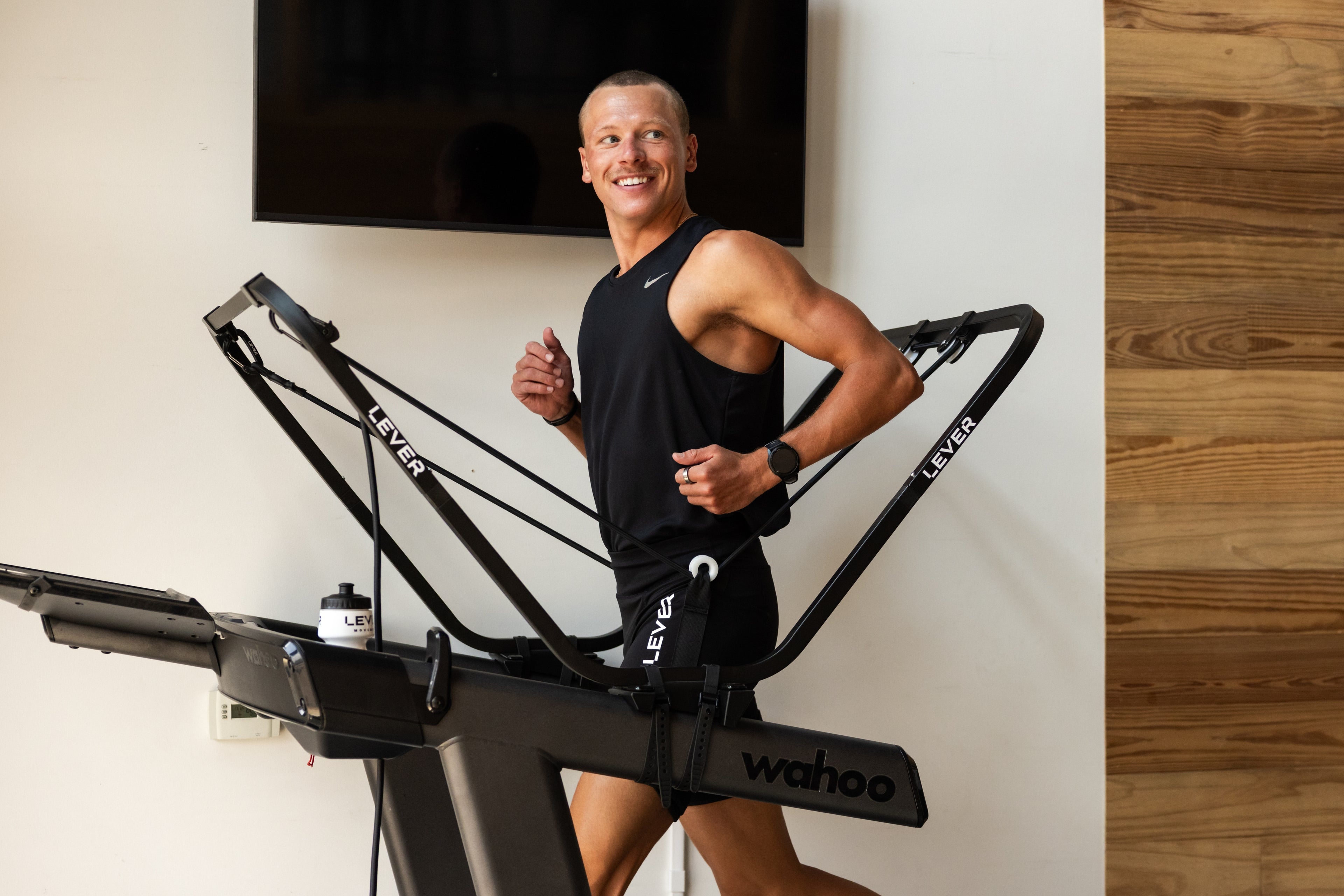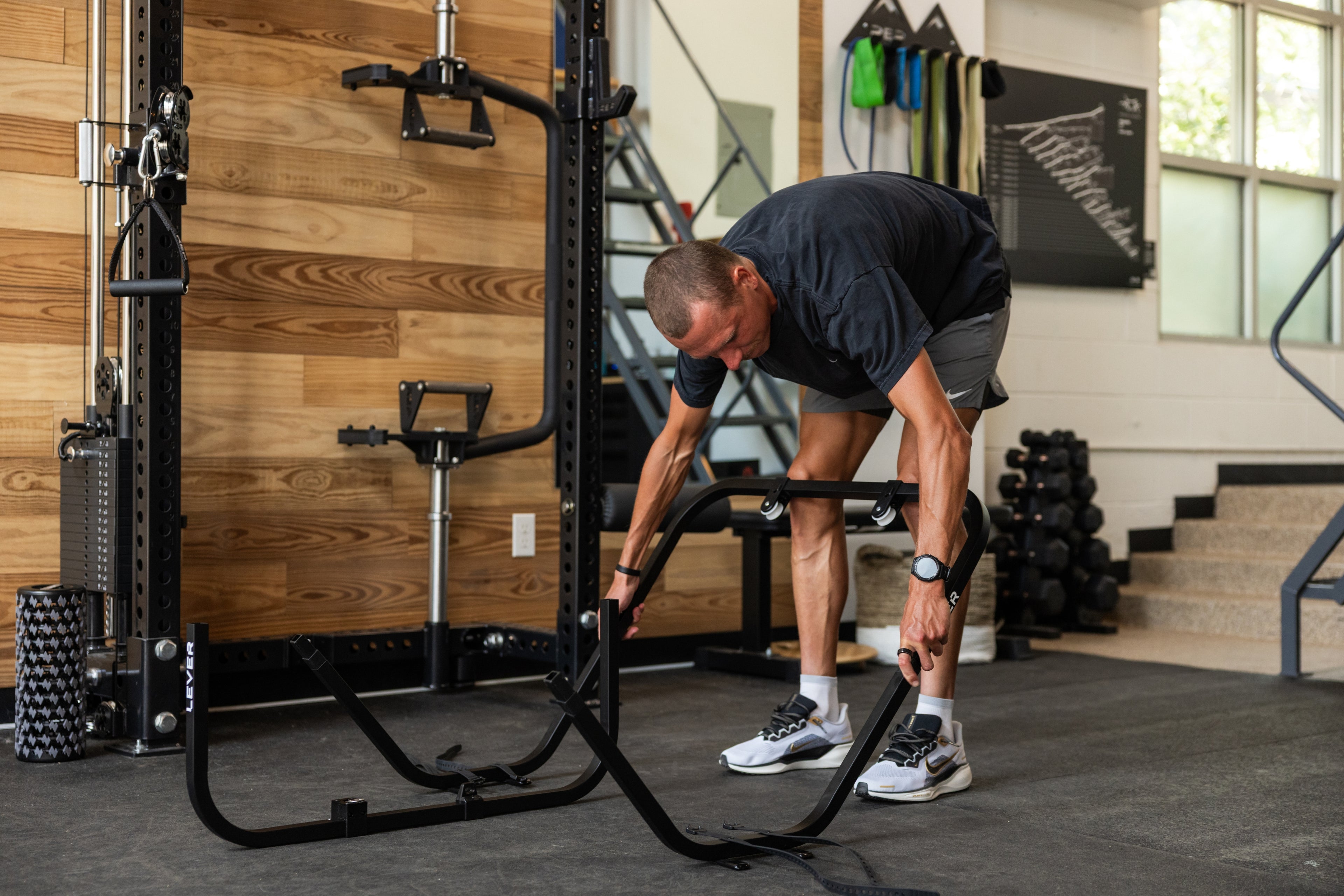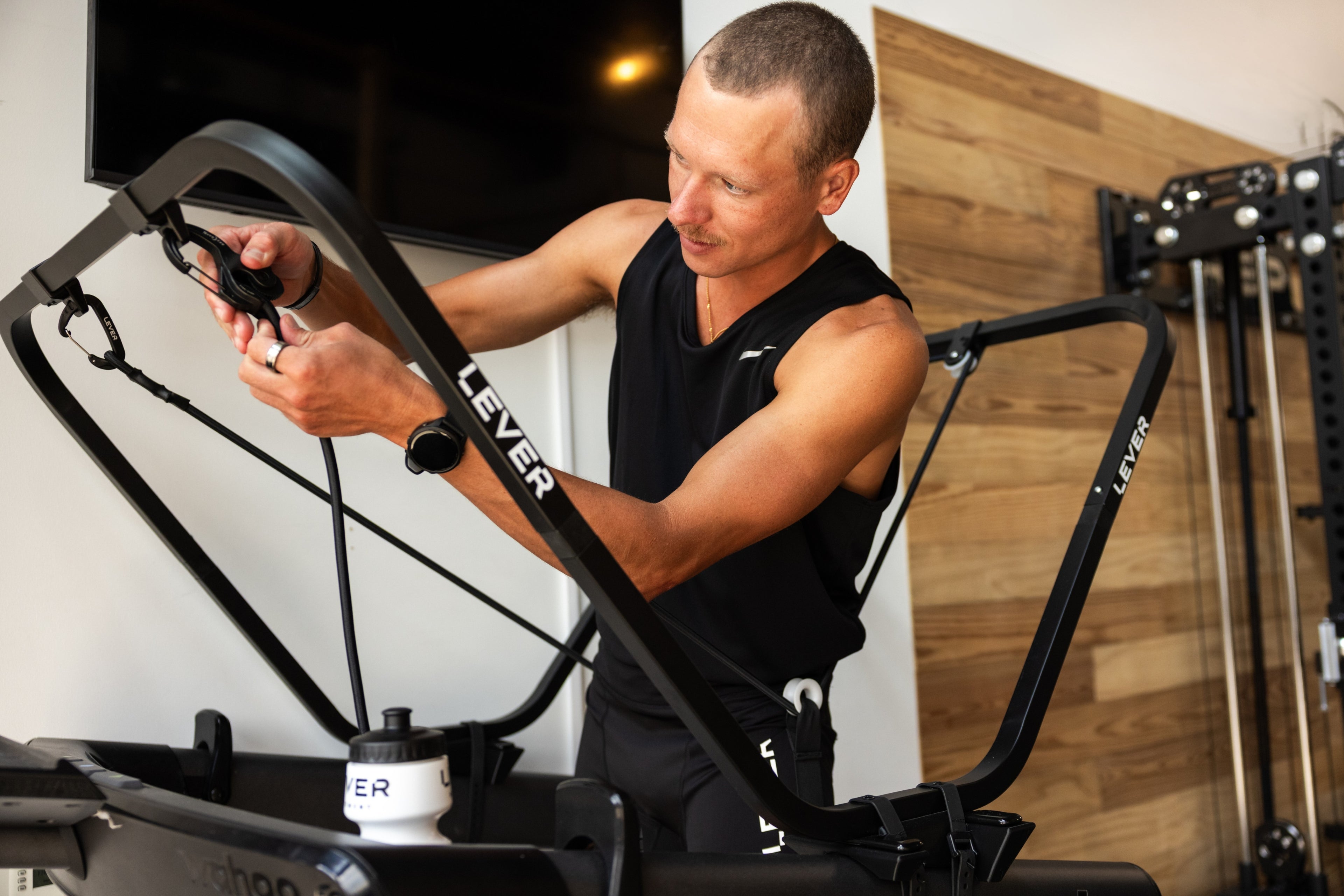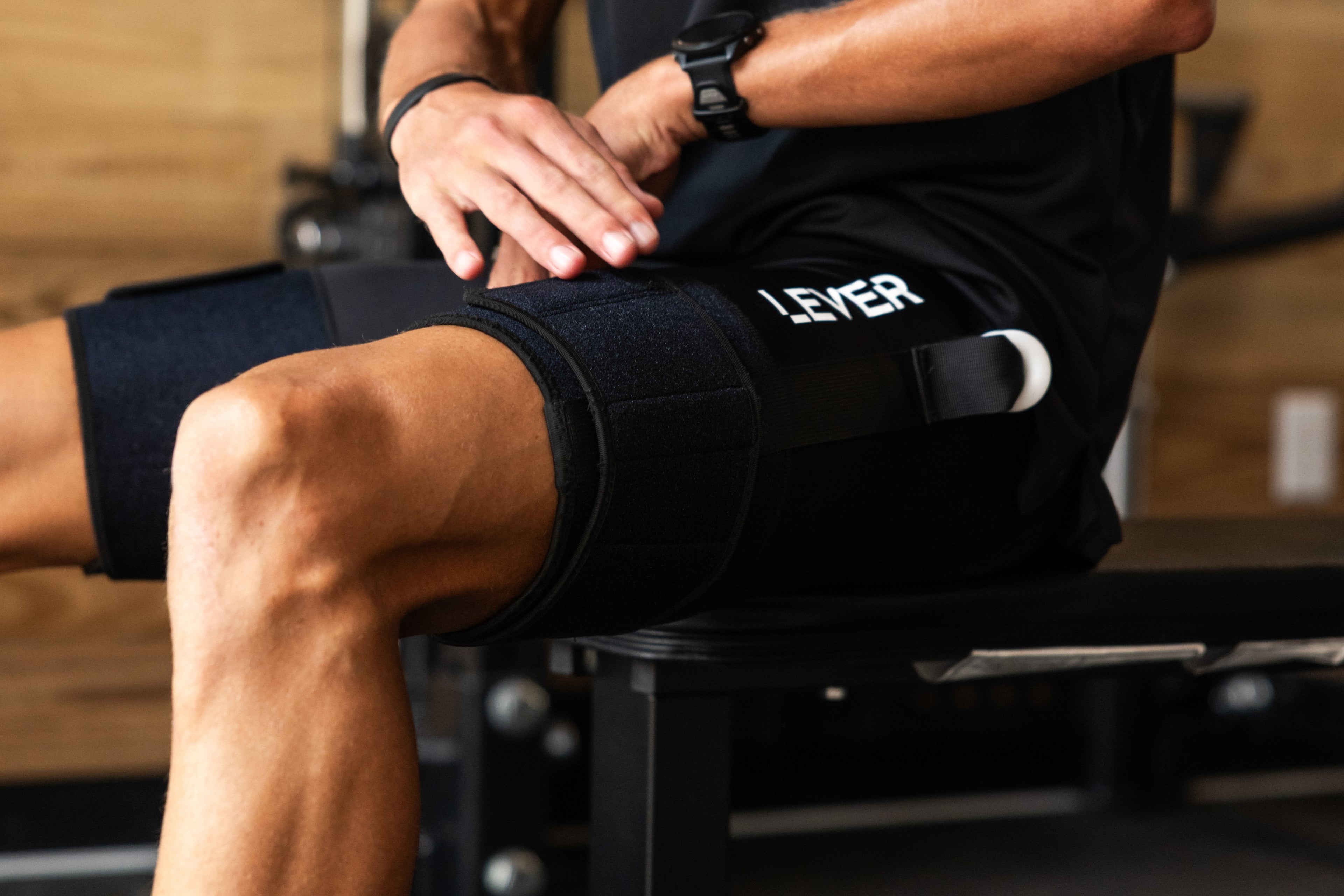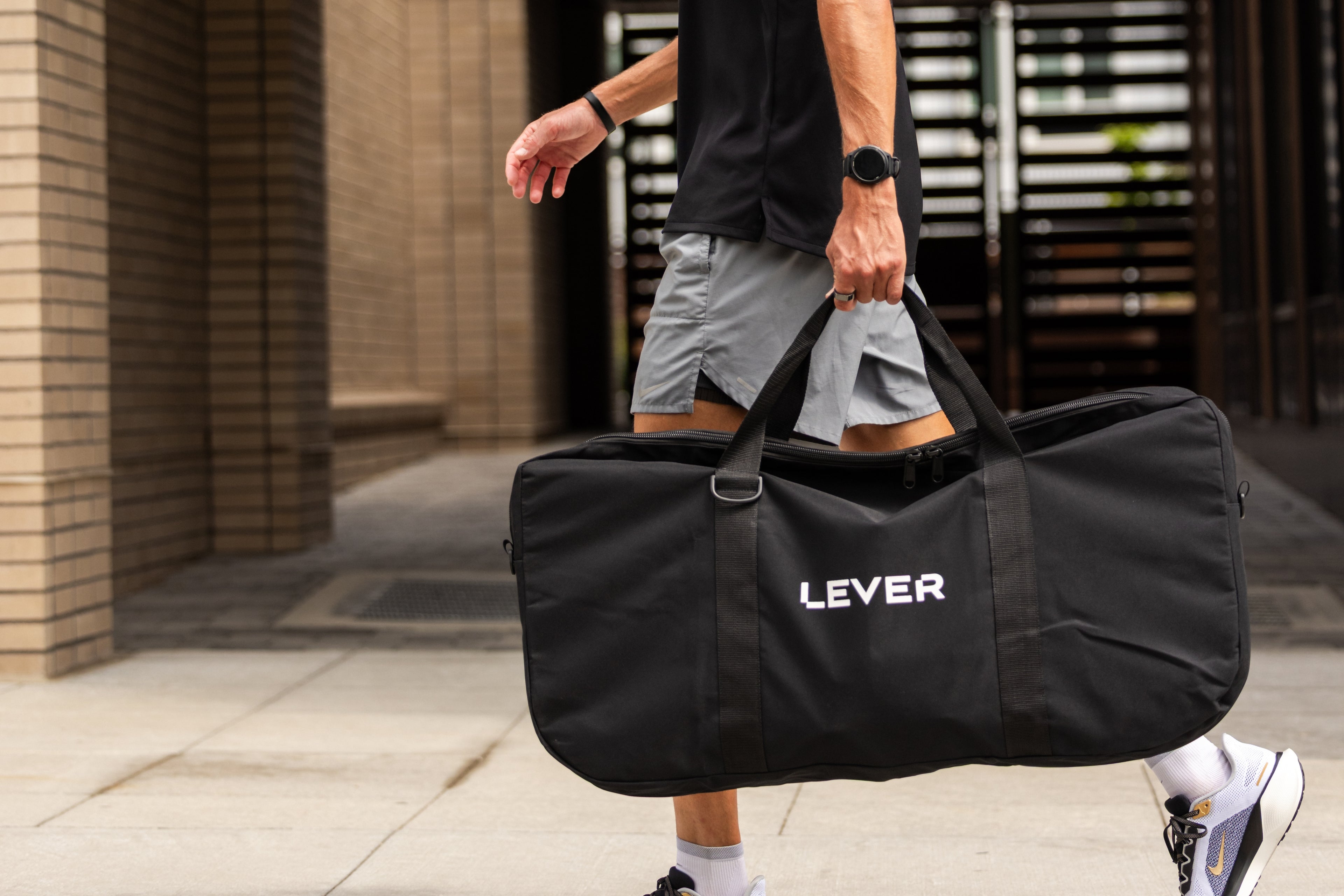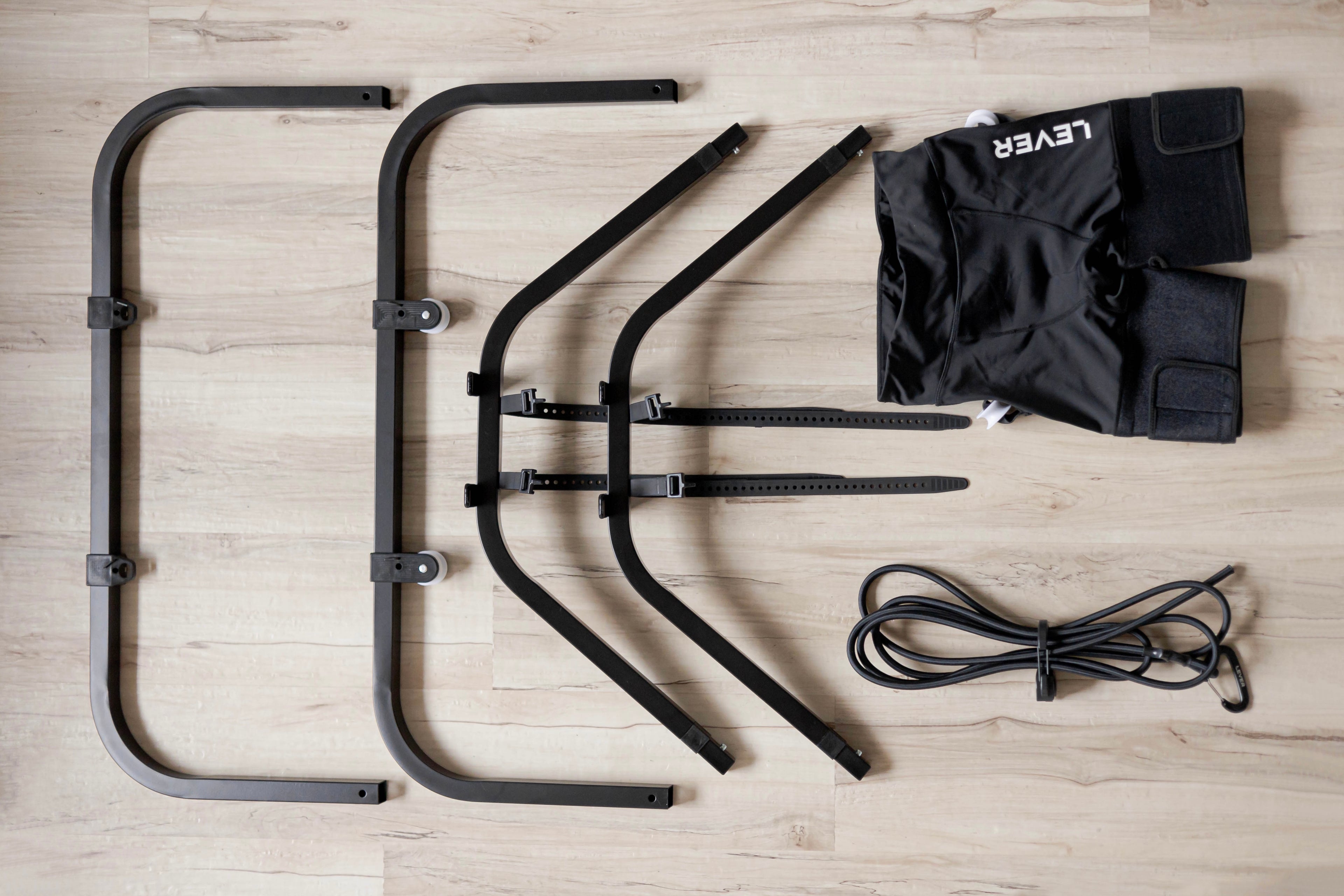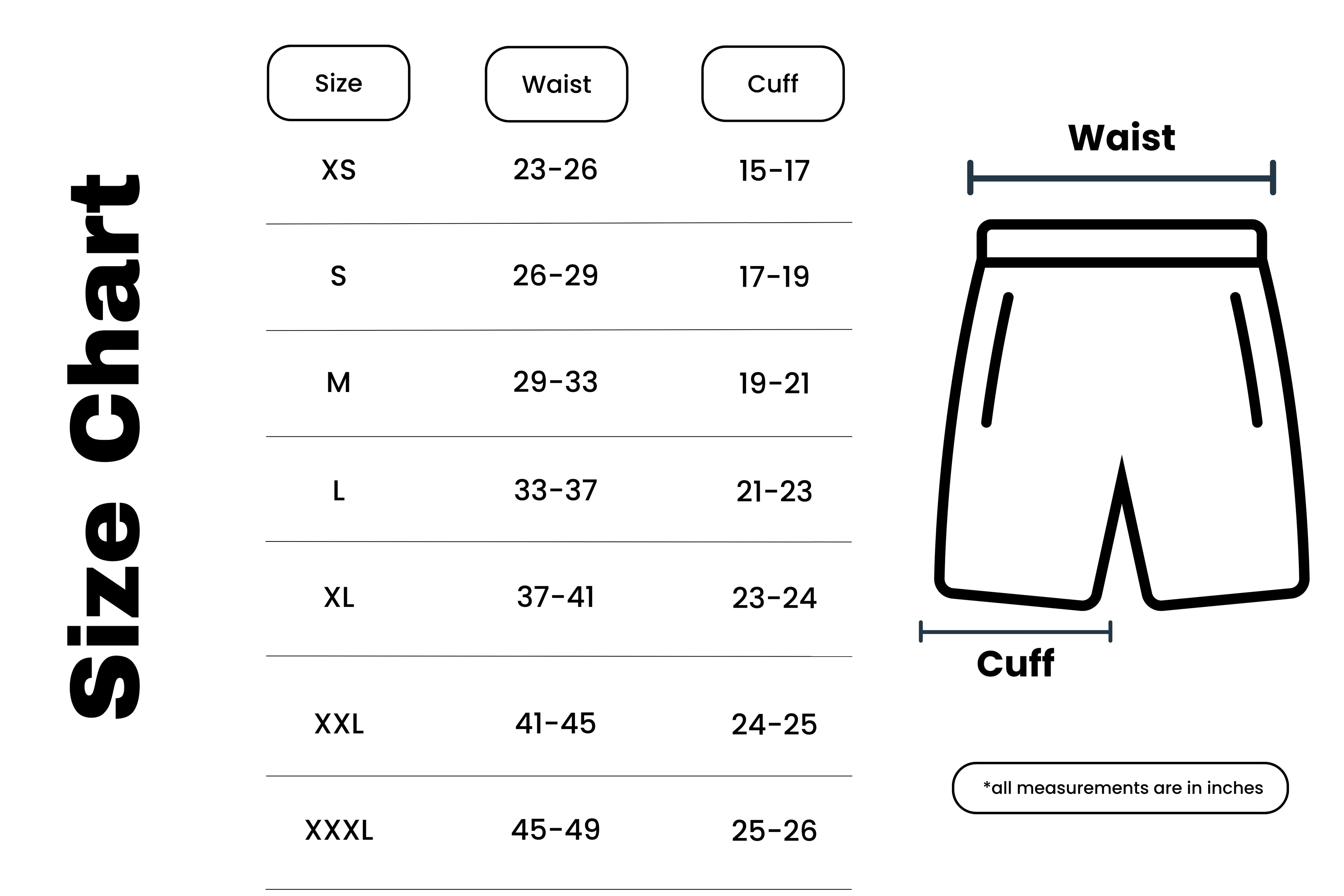Many runners either skip recovery runs or do them too hard. But recovery runs are a critical piece of training: they help your muscles repair, improve aerobic fitness, reduce injury risk, and let you come back stronger. With LEVER, you can do recovery runs more intelligently by lowering impact and protecting your body, while still getting the benefits of active rest.
1. What Is a Recovery Run?
-
Definition: A very easy, low‑intensity run performed after hard training sessions, intended to facilitate recovery rather than push performance.
-
What physiologically happens during recovery runs: increased blood flow, removal of metabolic byproducts (like lactic acid), small but useful stress that enhances adaptation.
-
How recovery runs differ from rest days, easy runs, and hard efforts: pace, duration, intent.
2. Why Recovery Runs Matter — The Science
| Benefit | What Research Shows |
|---|---|
| Faster recovery & reduced muscle soreness | Low-intensity exercise increases blood flow, which delivers oxygen & nutrients while flushing out waste products. Helps with microtrauma repair. |
| Prevention of overtraining & injury | Without adequate recovery, hard sessions accumulate fatigue, increasing risk of injury. Recovery runs help break up hard days and reduce stress on joints and bones. |
| Improved aerobic adaptation & metabolic health | Slower runs support aerobic pathways: mitochondria, capillary density, fat oxidation. Helps the body become more efficient at using oxygen and burning fat. |
| Psychological rest & consistency | Easier runs offer mental break; motivation stays higher; helps maintain consistency, which is key in long‑term performance. |
3. Common Mistakes with Recovery Runs
-
Running too fast or too hard, which converts them into medium intensity or worse.
-
Running too long, so fatigue accumulates rather than being dissipated.
-
Skipping recovery runs altogether, opting only for rest days or always doing workouts.
-
Doing recovery runs on very hard surfaces (concrete, uphill/downhill) which increase joint stresses.

4. How LEVER Makes Recovery Runs Smarter
-
Reduced impact on joints, tendons & bones: LEVER supports some of your body weight, which lowers ground reaction force, allowing you to run with less stress.
-
Maintain aerobic stimulus while protecting injured or overworked tissues: You still move, breathe, sweat, maintain cardiovascular engagement, even if muscles/tendons need a lighter load.
-
Better form & consistency when tired: With lower impact, fatigue will have less of a degrading effect on cadence, posture, and stride. You can focus more on recovery rather than compensating for discomfort.
-
More frequent recovery runs with lower injury risk: Because each session is easier on the body, you can safely schedule them more regularly without causing cumulative stress or risk of overuse.
5. Practical Guide: How to Do Recovery Runs Smarter
| Step | What To Do | Suggested Parameters | Tips |
|---|---|---|---|
| After a hard workout | Schedule a recovery run 24‑48 hours after high intensity or volume days | Duration: 20‑30 minutes; Pace: very easy (Zone 1 or low end of Zone 2), conversational effort | Use LEVER to reduce body weight support (e.g. 20‑40% offload) if you feel soreness or joint stress |
| Using LEVER | Start with enough off‑loading so there’s no lingering stiffness or pain | Offload % depends on individual; perhaps start with 30‑50% support, then adjust based on comfort | Pay attention to breathing, form; focus on light, smooth strides, avoid overstriding |
| Surface & terrain | Favor soft surfaces or a treadmill; avoid hills or technical terrain | Flat, forgiving surfaces; treadmill speed adjusted to feel very easy | Monitor how your joints feel after surface changes; adjust support or route accordingly |
| Frequency & integration | Recover often enough to break up hard days but not so often you undertrain | 1‑2 recovery runs per week for many runners; more if ambitiously training or returning from injury | Mix with rest days; if feeling overly fatigued, lighten schedule |
| Listening to the body | Use RPE or heart rate; stop or reduce if pain/persistent soreness increases | RPE 2‑3 / heart rate < ~65‑70% max (depending on your norms) | Combine with foam rolling, mobility, hydration, sleep |

6. Research & Evidence
-
Studies of low‑intensity exercise (LIE) show improvements in fat oxidation, recovery ability, and aerobic base when done regularly and appropriately.
-
Systematic reviews of recovery strategies in endurance athletes show that techniques involving light/moderate activity outperform passive rest in many contexts for speeding recovery, reducing soreness, and maintaining training stimulus.
-
Observational reports from runners and coaches confirm that recovery runs help maintain consistency, reduce risk of injuries like bone stress or tendinopathy when hard days are followed by easy days.
Recovery runs aren’t optional; they’re foundational. When done right, they speed healing, build aerobic fitness, help prevent injuries, and keep your training sustainable. And with LEVER, you can take recovery runs to the next level: reduce impact, protect your body, and still get the benefits of active recovery.
FAQs
-
When should I replace a recovery run with full rest?
When fatigue is excessive, soreness isn't improving, or there’s injury/pain that seems to worsen with activity. Sometimes rest is better. -
How do I know the right pace?
Should be comfortable: able to talk easily, low perceived effort. Use heart rate or zones if you have those metrics. Let your body guide you. -
Can recovery runs hurt my fitness if done too often or too easy?
If every run is easy and there’s no hard stimulus, you may lose potential for speed gains. Balance is key: proper mix of hard, moderate, and recovery runs. -
How long until I see benefits?
Some improvements (reduced soreness, improved recovery) can be felt immediately. Increased aerobic efficiency/fat oxidation etc. tend to show over weeks of consistent practice.











